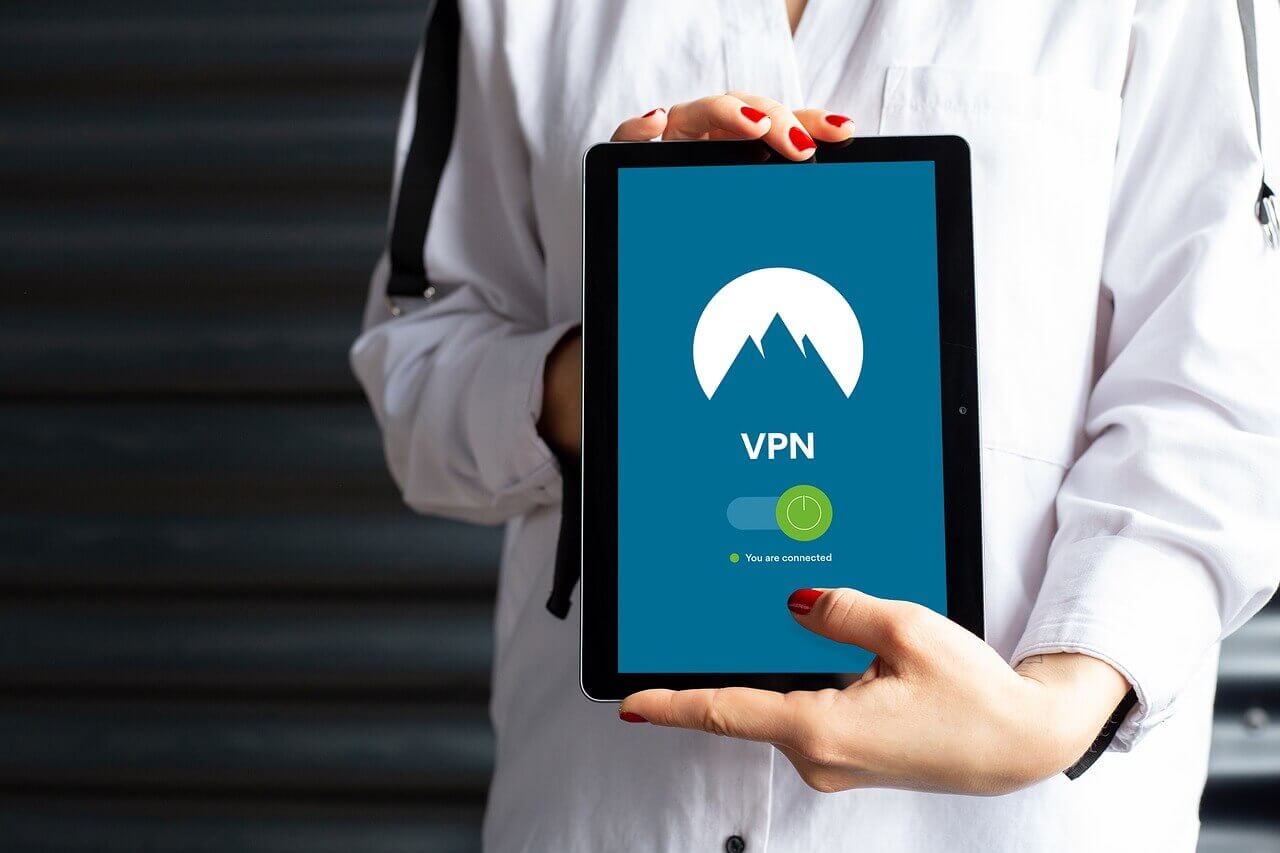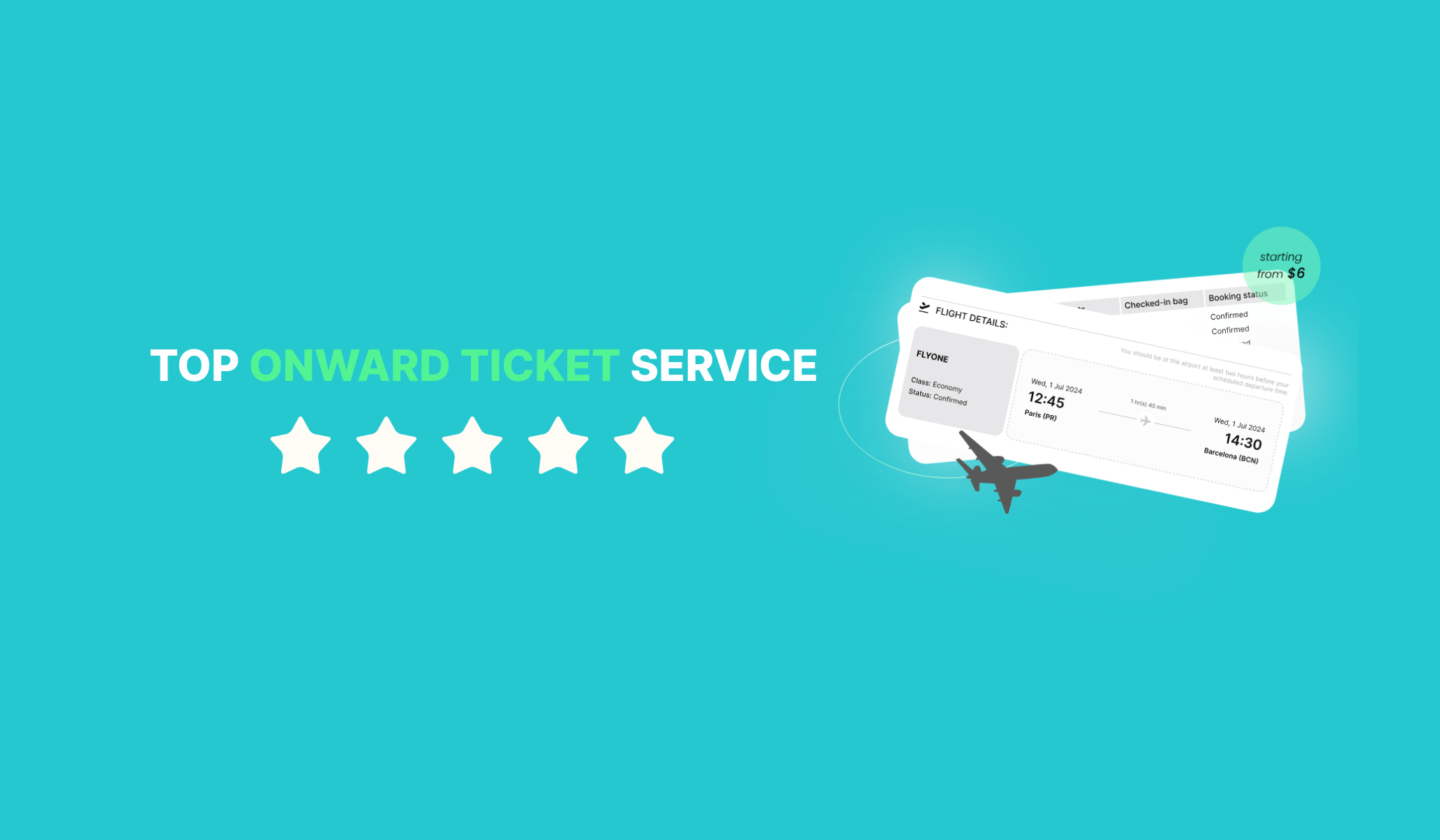SaaS businesses in their early days may witness a growth of about 4.4% each month.
And once the revenue generation begins, there’s consistent growth of ~2% per month. Hence, SaaS firms should aim for customer success retain customers and boost revenue.
Now, what’s this customer success we are talking about?
Well, in the SaaS world, it’s about setting customers up to achieve their goals through onboarding, training, relationship-building and management, and support. Most SaaS firms now have a customer success function to strike a balance between functional software and offering exceptional service.
You see, customer success helps SaaS businesses keep users from leaving and help your business build a reliable income stream. And you know what? We got four hacks right here to help you amp up your customer success.
Let’s begin.
Growth Hacks For SaaS Businesses
1. Smart onboarding
A streamlined and thoughtfully crafted product onboarding process guides users through your software’s basic functionality. It can carefully steer them toward achieving their initial success milestone.
For instance, consider a project management software you’ve used. Think of – Asana, Jira, Basecamp, or any other.
What’s common among them all?
A user journey upon sign-up that will have them undergo a tailored onboarding process.
Such a process often has a single tangible goal of creating the first project. This interactive process includes setting up a project, inviting team members, and assigning roles and tasks.
Jeff Gardner, CEO and founder of Canua, says, “The faster you can help customers understand and extract value from your product that is in line with their business goals, the stickier and more successful they’ll be.”
This does signify why it is essential to provide an onboarding that helps customers understand your SaaS products better.
Try offering a quick win where customers can see your product’s potential and how it benefits them from the get-go. This here little victory, right from the start, proves your product’s worth its salt.
Wondering what you can provide?
Well, if you are into project management products like the ones mentioned above, consider integrating a walkthrough that introduces users to key features. These could be creating a project, defining a task list, setting up deadlines, project milestones, and even compiling an insightful report.
2. Referral programs
Harnessing the impact of personal recommendations can impact your SaaS business growth. People place a higher trust in their peers’ suggestions than in traditional advertisements. According to B2B SaaS Benchmark data, leveraging your customer base and turning them into advocates who can refer your product to acquaintances, peers, or business connections can significantly boost your growth.
Here, what can you offer?
Well, it depends on what your customers prefer the most. It all boils down to crafting an attractive and mutually beneficial incentive system. Think of rewarding your customers for each successful referral they bring. And when they do, pat their back for every successful referral they wrangle in by rewarding in all shapes and sizes, like a little discount, early access to some of your finer features, or even some hard cash.
Drew Houston, Dropbox CEO, mentioned in an interview, “…but really, what ended up working was we had this incentive referral program, so that if I invited you to Dropbox, you would get some free space, I would get some free space, so that two-side incentive and kind of gamifying ended up making something that was otherwise a pretty single-player utility into something that people used for sharing or that spread virally.”
In its early stages, Dropbox led the SaaS industry in creating an effective referral program. They incentivized the referrer and referee with an additional 500MB (capping at 16GB) of storage for each friend invited, who then signed up and installed Dropbox. This significantly increased new user signups by 60%, contributing greatly to Dropbox’s growth.
3. Content marketing
This is outside the product purview but a highly important factor for SaaS customer success. When executed correctly, top-tier content acts as a magnet, pulling in potential customers through well-thought search engine optimization (SEO) strategy.
What you’ll have to do for this one? Nothing much except researching and using relevant keywords, following best practices for website architecture, and ensuring a quick loading site loads quickly, among other tactics. By leveraging SaaS SEO, you can boost your online visibility and make it easy for prospects to discover you.
Do you know that you can generate results from your content marketing strategy? It just needs you to keep the content relevant to your target audience. This can pave the way for customer retention by offering current users ways to derive maximum benefits from your SaaS product.
It’s a form of ongoing education that underpins their experience with your software experience. If your users understand how to make the most of your software, they are more likely to continue using it, increasing customer success and lifetime value.
For example, a SaaS firm like Tablue Cloud that provides data visualization leverages content marketing as a growth strategy for customer success. They host a blog that covers a range of topics of interest to their audience, like correlation in data and data storytelling best practices.
What’s best?
They offer a range of resources like webinars, getting-started tips, videos, etc. Users can learn almost anything about the tool, from creating heatmaps to choosing the right graphs for data in hand to maximize product usage.
4. Data-driven decisions
We all know that every business out there creates oodles of data, right? And the real sharp ones, they’re the ones using it as a growth tool for growth. Particularly now, when you’re considering a SaaS setup, it needs keeping an eye on how users interact with your product to spot any potential hiccups.
Consider this: a survey by NewVantage Partners in 2020 found that 98.8% of firms aim to create a data-driven culture, while 97.2% are investing in big data and AI to stay competitive.
Now that’s a lot of businesses using data to spur their growth, should you be one, if not already?
Also, according to Forbes, McKinsey claims that “data driven organizations are 23 times more likely to acquire customers, six times as likely to retain customers, and 19 times as likely to be profitable as a result.”
Moreover, discerning these patterns and tendencies can lead to taking preemptive measures that can be deployed to enhance user satisfaction and solidify customer loyalty. It usually needs understanding and applying user behavior data based on a granular study of how customers interact with your software.
The result will include the features they use most, data on how often they log in, their navigation patterns, and even where they get stuck. Collecting and interpreting this data enables improving the product design and functionality to make the user journey more seamless and enjoyable.
Also, predictive analysis comes, and ML algorithms can help identify customer churn before it becomes an issue. If a customer’s usage drops suddenly or stops using certain key features, these could be indicators of dissatisfaction. Catching these signs early on can help you connect with users to address their concerns, possibly preventing churn and fostering a positive customer relationship.
For instance, the qualitative data analysis feature may reveal if most users neglected a particular ‘task dependency’ feature because of complexity, causing lower adoption. Addressing this requires your SaaS firm to simplify the feature by releasing educational content, addressing user queries, and hosting a webinar (part of marketing).
Here, predictive analytics can identify potential churn among users with declining activity, particularly those struggling to leverage that feature. Identify this user base and send personalized training invites to reduce churn risk.
Such data-driven strategic improvement interventions improve user experience, boost customer success, reduce churn, and enhance customer satisfaction.
Conclusion
SaaS companies aiming to scale big must embrace growth hacking tricks. Especially when you’re new to the market, trying to take on the big guns directly is a big no-no. The modern, competitive SaaS business environment requires ditching the old-school marketing playbook and switching to growth hacking tactics that work.
However, many SaaS business owners may need to go beyond the above-mentioned SaaS customer experience growth hacks. It is because the growth hacking techniques can change based on your business and how much cash you’ve got to play with.
Regardless, customer success should be on the top of the to-do list for all SaaS companies, especially the ones on a shoestring budget.





